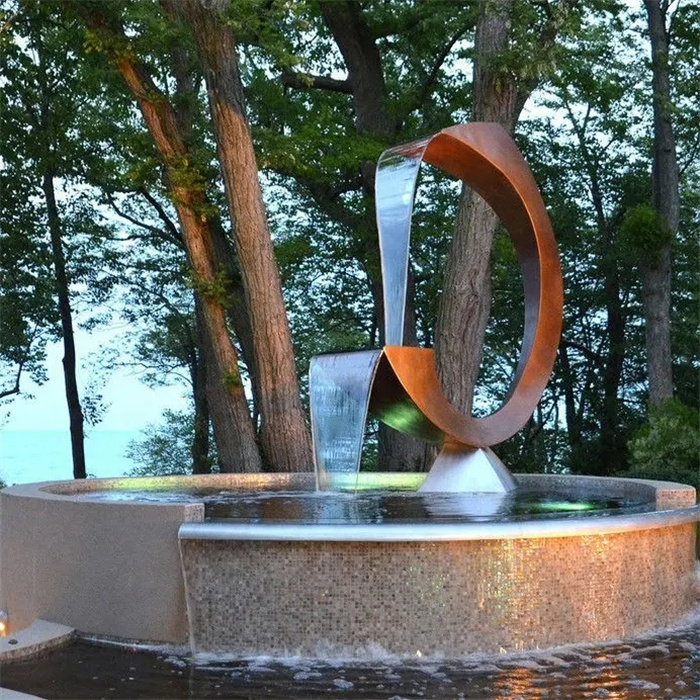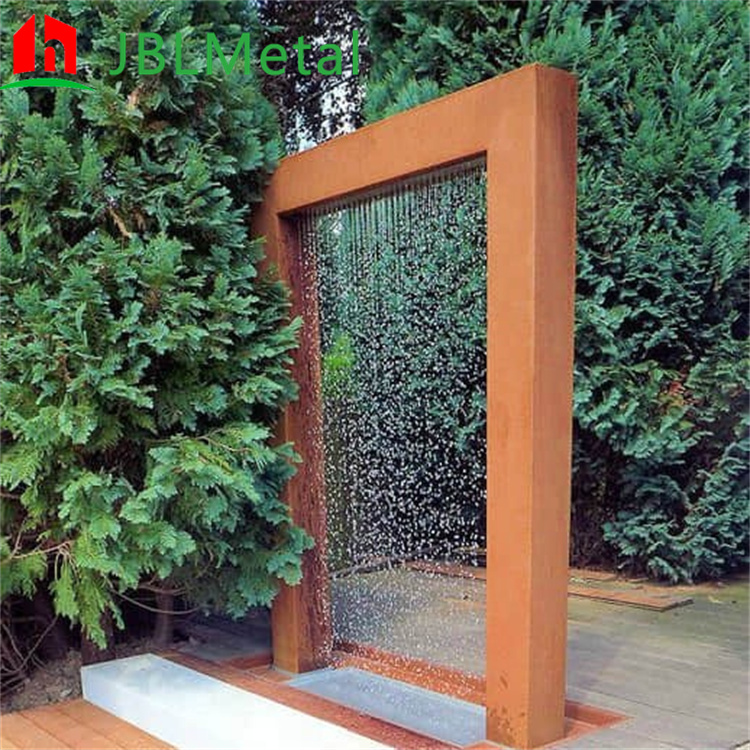Natural water features are an enchanting addition to any lawn or park landscape design. These artificially created elements mimic the beauty of natural water bodies, offering both aesthetic appeal and practical benefits. This article explores what natural water features are, their advantages, and best practices for incorporating them into various outdoor spaces.
________________________________________
Understanding Natural Water Features
Natural water features are designed to replicate the tranquil beauty of natural water bodies such as ponds, streams, and waterfalls. Although these features are created by humans, they aim to capture the serene and picturesque qualities of nature. Examples include artificial streams that mimic the gentle flow of natural streams, decorative ponds that house aquatic plants and fish, and cascading waterfalls that recreate the grandeur of natural falls.
These features are cost-effective for enhancing your outdoor space, requiring minimal ongoing expenses once installed. They also offer environmental benefits, such as improving air quality by releasing negative ions and moderating the microclimate to make outdoor areas more enjoyable. The gentle sounds of flowing water and the visual appeal of a pond or waterfall can create a serene environment perfect for relaxation.
________________________________________
The Benefits of Incorporating Natural Water Features
Adding natural water features to your garden or park brings a range of benefits. They enhance the aesthetic appeal of the space, creating a tranquil and inviting environment. The sight and sound of water, whether from a gently flowing stream or a serene pond, can transform an ordinary area into a peaceful retreat.
Natural water features also improve air quality. The movement of water releases negative ions, which can help neutralize pollutants and make the air fresher. Additionally, these features can moderate the local microclimate, providing a cooling effect during hot weather and creating a more comfortable environment.
Beyond aesthetics and air quality, natural water features offer educational opportunities. For example, a pond can attract wildlife such as fish and frogs, allowing for observation and learning about local ecosystems. These features can also serve as a focal point for outdoor gatherings or quiet reflection.
________________________________________
Practical Applications of Natural Water Features
Natural water features can be effectively used in various settings, offering different design possibilities. In residential gardens, features like small ponds or artificial streams can create beautiful focal points. A pond with a fountain can serve as an attractive centerpiece, while a stream can add charm and movement to the garden.
In public parks, larger features such as decorative waterfalls or expansive pond systems can enhance the park's visual appeal and functionality. Waterfalls can provide both visual and auditory stimulation, while large ponds can support diverse wildlife and offer educational experiences for visitors.
For community spaces, interactive water features such as splash pads or reflecting pools can create engaging environments. Splash pads offer fun activities for children, while reflecting pools provide a serene space for reflection and community events.
________________________________________
Designing and Installing Natural Water Features
Designing and installing natural water features involves careful planning and attention to detail. Start by assessing the available space and determining the type of feature that best fits your landscape goals. Consider how the feature will complement existing elements and enhance the overall design of the space.
Choosing durable materials that blend with the natural surroundings is key to creating a cohesive look. For example, using natural stones for a pond or stream can enhance authenticity and visual appeal. Working with experienced landscapers or contractors will ensure proper construction and integration of the feature.
Ongoing maintenance is also crucial for keeping the Water Feature in good condition. Regular cleaning to remove debris, managing water quality, and preparing the feature for seasonal changes are essential tasks. Proper maintenance helps maintain the feature’s beauty and functionality over time. ________________________________________
Maintaining Your Natural Water Feature
To keep natural water features looking their best, regular maintenance is necessary. This includes tasks such as cleaning to remove debris, managing algae growth, and monitoring water quality. Regular maintenance ensures that the water feature remains an attractive and functional part of your outdoor space.
Seasonal care is also important. For example, in winter, covering a pond can prevent freezing and protect aquatic life. During summer, maintaining water levels and ensuring plant health are key to keeping the feature in good shape.
By following these maintenance practices, you can ensure that your natural water feature continues to enhance your landscape and provide enjoyment for years to come.
________________________________________
Natural water features offer a beautiful and functional enhancement to any outdoor space. They provide a cost-effective way to improve the visual appeal of lawns and parks while also offering environmental benefits. Whether you’re looking to create a peaceful garden retreat or enhance a public park, natural water features can bring serenity and elegance to your surroundings. Their ability to create tranquil environments, improve air quality, and support local wildlife makes them a valuable addition to any landscape. By understanding their benefits and following best practices for design, installation, and maintenance, you can create a space that is both captivating and sustainable.






